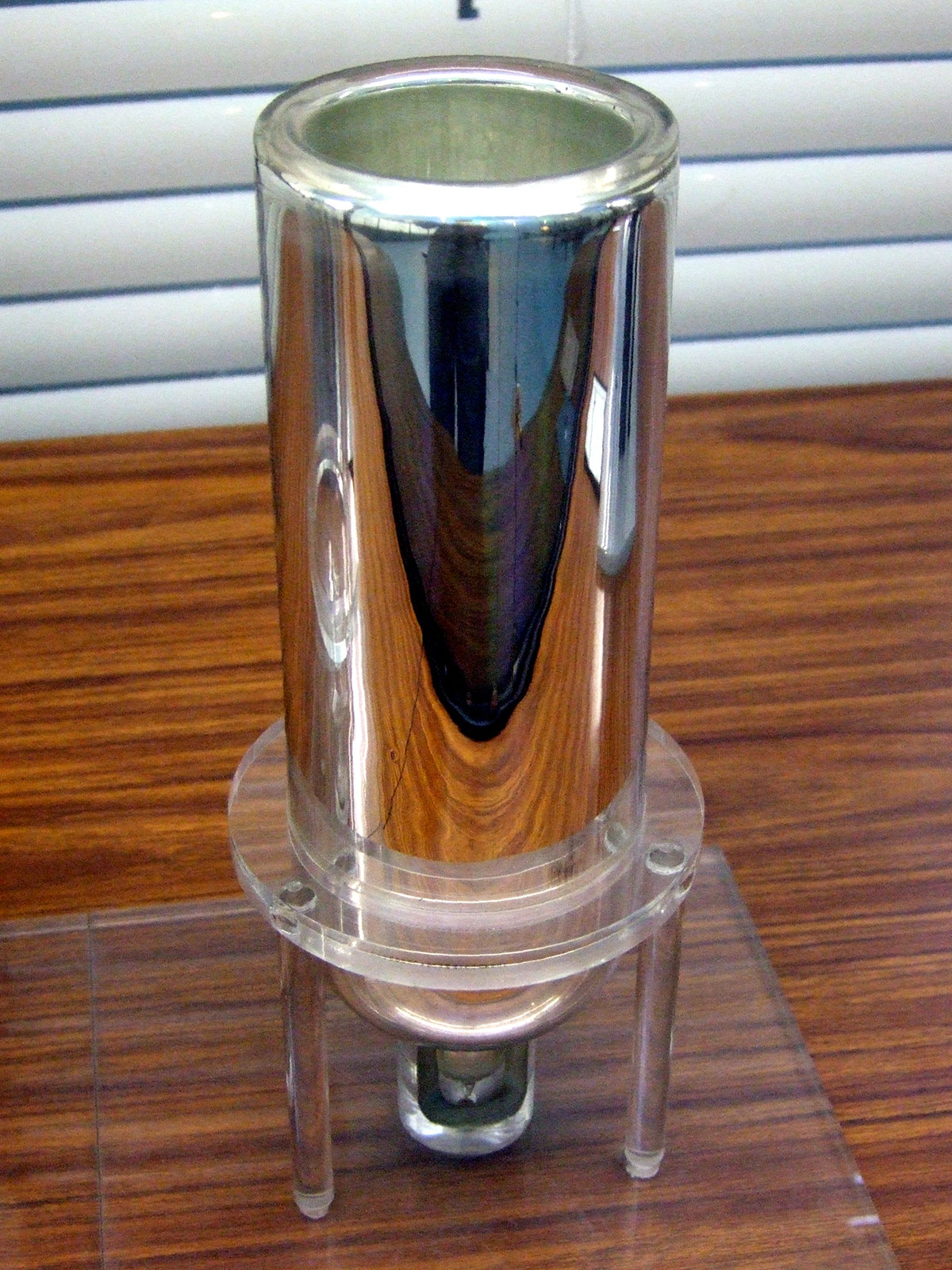The most common example of Dewar is the classic Thermos, so called after the name of the first company that introduced them in 1904, useful for storing liquids at specific temperatures for several hours (cold for about 8 hours, hot for about 24 hours).
As for the dewars for liquid nitrogen, the cap is only placed on the opening (called mouth) because nitrogen constantly evaporates and must be able to leave without hindrance.
These containers are also equipped with a safety valve that preserves their integrity even in case of thermal shocks that cause pressure fluctuations.
The excellent thermal insulation of these dewar ensures that the nitrogen evaporation is very (at room temperature would be instantaneous) low: thanks to this system, liquid nitrogen can be used as a strong refrigerating.
Another type of liquid nitrogen containers are the pressure ones, hermetically sealed to increase the life of nitrogen inside them. As a precaution, normally, pressure vessels are equipped with at least two special safety valves.

